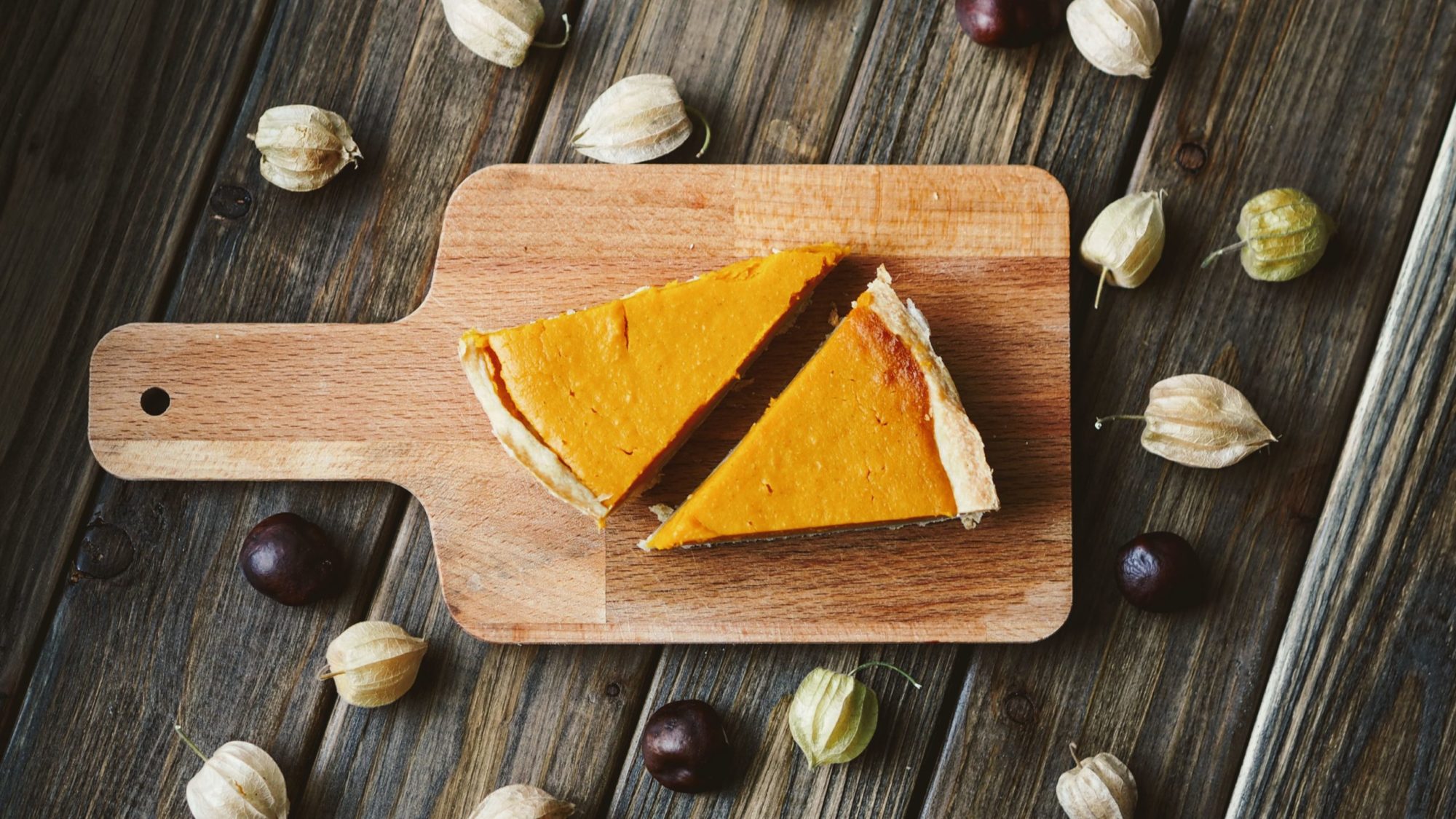“What’s On Your Table?” is a series of articles exploring the relationship between food and systems of power, and how our dining tables shape global cuisine and family histories. You can find a recipe at the bottom of each piece to join in on the meal.
I.
My name is Ruth. I grew up in Los Angeles in the 60’s and 70’s in a middle class family on a tight budget. Our kitchen was stocked with inexpensive, convenient foods like Bisquick, Hamburger Helper, canned pears, and frozen green beans. Neither of my parents had been taught how to cook by their parents. Other than holidays, food was not really celebrated. We ate to live.
Sensing that I was missing something important, both nutritionally and emotionally, I offered to take charge of the grocery shopping when I was 16. In grocery stores at the time, there was not nearly the variety of vegetables, herbs, and fruits seen in produce aisles today, and the farmer’s market renaissance had not yet occurred. So I joined a food co-op half an hour’s drive away, and began to learn about unprocessed foods and how to prepare them. At that time the co-op movement was in full swing, dedicated to making natural foods available at a reasonable price.
I decided to become a vegetarian. It was a teenage act of rebellion against my family’s laissez faire approach to food, and against the economic and social forces that viewed beans, grains, squashes and greens as low-class. I wanted to feel good when I ate, I wanted to feel good about what I ate, and I wanted to know what I was eating. At the time, this was countercultural.
I doggedly taught myself how to plan and prepare meals, using vegetarian cookbooks of the day. Focused solely on being “healthy,” their recipes seemed to have sprung from the heads of the writers with no reference to any recognizable food culture. To be fair, we were all learning together how to reconnect with American food after two decades of capitalism and urbanization had separated so many of us from our traditional food ways.
We were all learning together how to reconnect with American food after two decades of capitalism and urbanization had separated so many of us from our traditional food ways.
I moved away to go to college in Santa Barbara, where I dated a man who was a returning student. He had done some farming and wanted to get back into it, so we got permission from a local church to turn an empty lot behind their buildings into a truck garden. We grew chard, beets, lettuce, green beans, squash and tomatoes, and sold them at the new farmer’s market and the nearby co-op. After graduating we found a larger piece of land to rent, and started farming full-time.
That first fall I decided I was ready to host Thanksgiving dinner. We were living in a canyon in an old trailer parked in an avocado orchard, but I managed to get my parents and my grandmother to pick their way down the steep hillside and dine al fresco, perched on plastic chairs.
Limited by a tiny oven and very little money, I’d decided against cooking a turkey, choosing on a whim to grill catfish instead. Sweet and tender and very inexpensive, it had always seemed to me very underrated — probably because of its association with poor people. I cooked the catfish outside over a wood fire, adding rosemary sprigs to the flames. My grandmother, born and raised in Mississippi, talked about it for years afterwards. It was heavenly.
Earlier that week, I’d gone looking for a pumpkin pie recipe in the only traditional cookbook I owned: The New York Times Heritage Cookbook. Published in 1972, the book is a compendium of heirloom recipes from across the United States, organized by region. I found a recipe for squash pie in the Midwest section. It was very simple, calling for ingredients I had on hand — winter squash, milk, eggs and spices, plus flour and butter for the crust.
At the end of our dinner I served this pie. It was the first time I had made it, and I wondered how it would measure up. As we took our first bites, everyone seemed to pause and take note: This was not the usual pumpkin pie. It was slightly less sweet, but the flavor had more depth. The fresh squash gave it more body and texture than canned pumpkin, and a darker color; you sensed you were actually eating a vegetable. And it was spicier. It was unpretentious, wholesome, and delicious.
Ten years later, with another partner and in a different career, I had a son. I made a point to include him in the kitchen, and like me, he got interested in cooking. It was important to me that he knew how to eat well without depending on restaurants and packaged foods. I wanted him to enjoy food and be well-fed, no matter what his economic status was.
During his sophomore year of college he organized a “Friendsgiving” dinner, and I was delighted when he emailed and asked for my pumpkin pie recipe. He is now 27 and living on the opposite coast, but whenever autumn weather arrives, we each make this pie to celebrate the season, and tell each other about it after.
II.
My name is Evan and I am Ruth’s son. I grew up surrounded by good food, because of my mom’s dedication to cooking family dinners, the abundance provided by the geography of Southern California, and the privilege of being part of a middle class family with the time and money to invest in meals.
Like my mother, I worked for a couple stints as a farmer, and through that work gained a deeper appreciation for the connection between our meals and the history of the land that our food comes from. I find it fitting that a Thanksgiving meal would include at least one squash-based dish, given their importance to Native Americans. The word squash comes from the Narragansett word “askutasquash” and the genus is one of the oldest crops in the Americas, having been cultivated for over 8,000 years.
The pumpkin spice that now adorns lattes was hugely popular in Medieval Europe, and clearly found its perfect match with baked pumpkin. By the late 1700s, pumpkin pie was a feature on American plates at Thanksgiving.
Pumpkin pie also has a long history. The dish combined a tradition of pie-making that dates back to Medieval Europe with the pumpkin that was now accessible to European colonialists. The pumpkin spice that now adorns lattes was hugely popular in Medieval Europe, and clearly found its perfect match with baked pumpkin. By the late 1700s, pumpkin pie was a feature on American plates at Thanksgiving.
Some 200 and odd years later, pumpkin pie remained a Thanksgiving staple, which I, as a college student away from home, craved. My love of cooking had led me to work a summer job as a cook and I regularly cooked for friends. Late night afterparties often featured people in my living room eating unnecessarily overcomplicated quesadillas. However, I had not experimented much with baking, preferring the creative work of cooking a meal to the comparatively scientific process of assembling a dough, but the desire to have a dish so comforting and rooted in familial tradition led me to reach out and ask for the recipe.
It turned out to be far easier to make than I had imagined. In a testament to how easy it is to make, I shared the recipe with a roommate of mine, who once asked if a grilled cheese sandwich was made by first directly grilling the cheese upon the pan. He has successfully made the pie. I have shared the pie with friends all over, and it never fails to receive compliments. In a fitting homage to the pie’s transatlantic history, I would cook the pumpkin pie recipe for my American housemates for a Thanksgiving feast when we were studying abroad in the United Kingdom, which made us all feel a bit more at home.
Now, I live across the country from my mother, but I still make the pie and tell her when I do, as she does for me. I have experimented with tweaks and additions to the recipe, but when I am back in California for Thanksgiving, I always look forward to eating her version and the comfort that it brings.
OLD-FASHIONED PUMPKIN PIE RECIPE
(serves 8)
Ingredients:
1 small pumpkin or other winter squash, baked, enough for 1 ½ cups of pumpkin
1 cup milk*
1 cup dark brown sugar, packed
3/4 tsp cinnamon
3/4 tsp ground ginger
3/4 tsp ground cloves
1/4 tsp nutmeg
1/2 tsp salt
3 eggs
1 unbaked, 9 inch pie shell (Do not use a pre-bought crust that comes in an aluminum pie pan, or your crust will burn.)
Directions:
Prepare your 9 inch pie crust. (see notes*).
Once your squash is cooked and cool enough to handle, cut in half and scoop out the seeds. Spoon the flesh off of the skin and measure out 1 ½ cups of squash. Place the 1 ½ cups of squash, seasonings and milk into a blender and blend until smooth. Add all three eggs to the squash mixture and blend just until fully mixed. Pour filling into the prepared pie crust.
Pour mixture into pie shell and bake at 425 in a preheated oven for 15 minutes, then reduce heat to 350 degrees and bake for 40 minutes, or until a knife inserted into the center of the filling comes out clean. Cool on a rack.
Notes:
Any winter squash can be used, but kabocha is naturally very sweet and not stringy. Canned pumpkin works fine as well.
Any dairy or non-dairy milk can be used. We have tried whole, reduced fat, almond, soy, cashew, oat and half-and-half, and everything works.
For a more decadent and spicy pie, make a graham-cracker style crust from gingersnap cookies. Preheat oven to 350℉. Crush about 8 oz of gingersnaps, enough to make two cups of crushed gingersnaps. Place crumbs in a bowl and add ½ cup of melted butter, 1 tsp of cinnamon and 1 tsp of ground ginger, and mix well. Transfer crumb mixture into a 9 inch pie pan and press the mixture firmly into the bottom and sides (but not up on the rim), using the bottom of a glass. Bake the crust for 6 minutes. Allow to cool for 10 minutes before adding filling.
And if you do decide to make your own crust, the good news is there is only a bottom crust, so you can patch any tears. I recommend avoiding making pie crust on Thanksgiving day, however. Everyone has enough going on that day.





















